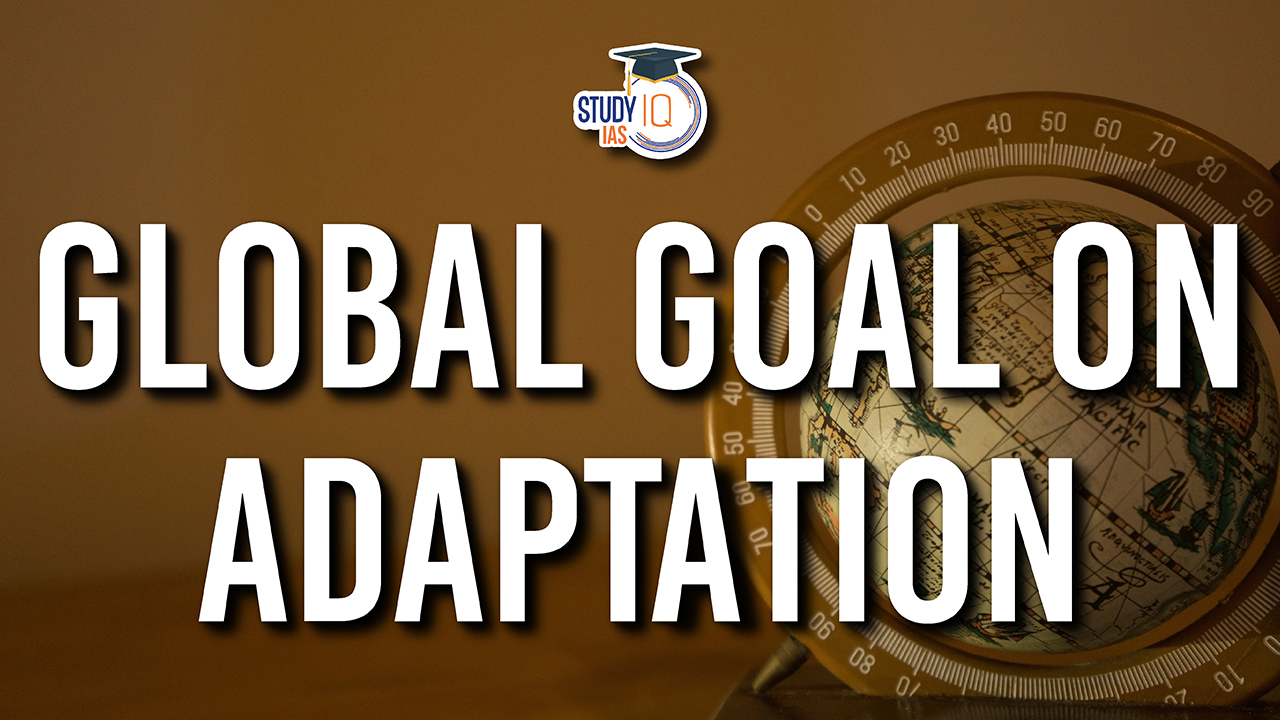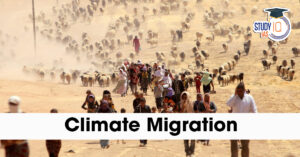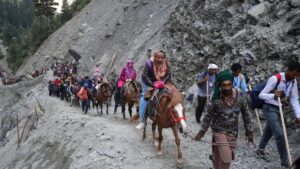Table of Contents
Context: The 28th meeting of the Conference of the Parties (COP) to the United Nations Framework Convention on Climate Change (UNFCCC) adopted the framework for the Global Goal on Adaptation (GGA).
What Is Global Goal On Adaptation?
- Article 7 of the Paris Agreement: Establishes a Global Goal on Adaptation of “enhancing adaptive capacity, strengthening resilience and reducing vulnerability to climate change”.
- Origin: Initially introduced by the African Group of Negotiators (AGN) in 2013.
- Key Actions: The creation of concrete, quantifiable objectives and directives for worldwide adaptation efforts. Furthermore, it emphasises boosting financial and other forms of support for adaptation measures in developing nations.
We’re now on WhatsApp. Click to Join
Challenges in Achieving Global Goal On Adaptation
Ambitious goals set for Global Goals on Adaptation by 2027
Early warning systems, climate info services, and systematic observation to boost adaptation strategies, but how exactly they’ll achieve this remains unclear.
- For Instance: A review of the Millennium Development Goals revealed that global goals don’t easily translate from global to national levels. Factors like national administrative capacity, economic development, and adequate support are crucial for implementing global goals.
Measuring the GGA
There’s no universal metric for adaptation, making it difficult to aggregate and compare progress across countries.
- For Instance: A two-year program under the GGA framework has started to create progress indicators, but the developers and methodologies remain unspecified.
Financing Gap
The COP28 Draft Decision underscores the growing adaptation finance gap, noting the disparity between required funds for adaptation targets and available finance. It reiterates COP26’s call for developed countries to double adaptation finance by 2025 from 2019 levels.
- For Instance: Current estimates suggest a need for $71 billion annually until 2030, based on updated national commitments and plans. However, OECD countries acknowledge falling short of the $100 billion annual goal, reaching only $83.3 billion in 2020 for combined mitigation and adaptation financing.
Way Forward
- Equal Prioritization of Adaptation and Mitigation: Global efforts must treat adaptation with the same urgency as mitigation, especially considering the rise in extreme weather events.
- Addressing the Adaptation Finance Gap: It’s crucial to bridge the adaptation financing gap, aiming to meet the annual need of $71 billion.
- Developing Universal Metrics for Adaptation: Establishing standardised metrics for adaptation is essential for measuring and comparing progress effectively.
- Implementing Key Adaptation Strategies: Strategies such as thorough risk assessments and the establishment of early warning systems are critical for effective adaptation.


 Climate Migration in India, Challenges a...
Climate Migration in India, Challenges a...
 India’s Carbon Credit Trading Scheme, ...
India’s Carbon Credit Trading Scheme, ...
 Operation Shiva 2025: Indian Army’s Ma...
Operation Shiva 2025: Indian Army’s Ma...





















